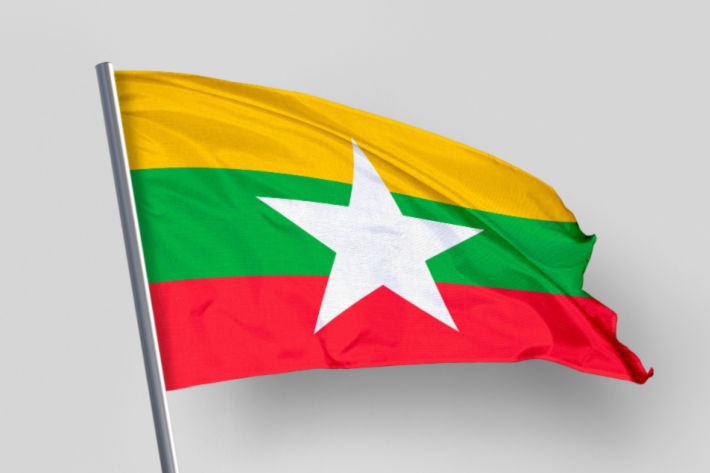
Employment prospects and coping measures in the face of declining household incomes could be adversely impacted as Vietnam’s GDP in 2022 is calculated to be about 13 per cent lower than in 2019. Other issues plaguing the country include rising prices of imported inputs and consumer goods, in part due to the Ukraine crisis, increasing domestic conflict, electricity power cuts, and continuing logistics and financial sector disruptions, the World Bank said in its latest Myanmar Economic Monitor.
Moreover, recent policy changes have made things difficult for businesses. Taxing trade license requirements, the rejection of the managed float exchange rate regime, and the obligation of foreign currency surrender rules have led to shortages of critical imported inputs and constrained exporters. Further uncertainty among businesses has been caused because of changing policy regulations, the report said.
“Kyat depreciation, supply chain disruptions, and the spill over effects of higher transport prices have resulted in price increases for a broader range of imported inputs, squeezing already thin profit margins. The spike in inflation has disrupted the operations of all businesses. The latest available data indicate that CPI inflation increased to 17.3 percent year-on-year in March,” the report said.
Beyond the projected 3 per cent growth in 2022, the outlook remains weak and subject to substantial risks. The balance of payments situation is of growing concern, with the US dollar shortages already limiting the availability of several imported products, including fuel. Elevated levels of conflict in many areas of the country are expected to continue to constrain productive activity. As a result, a return to pre-pandemic levels of economic activity is unlikely in the near term, in sharp contrast to the rest of the East Asia and Pacific region, where GDP in all large countries is estimated to have recovered to above 2019 levels or is projected to do so in 2023, the report added.
Recent policy changes are expected to have long-term effects on Myanmar’s economy such as deterring potential growth, deteriorating macroeconomic instability, and weakening the efficient allocation of resources, it concluded.
Fibre2Fashion News Desk (NB)